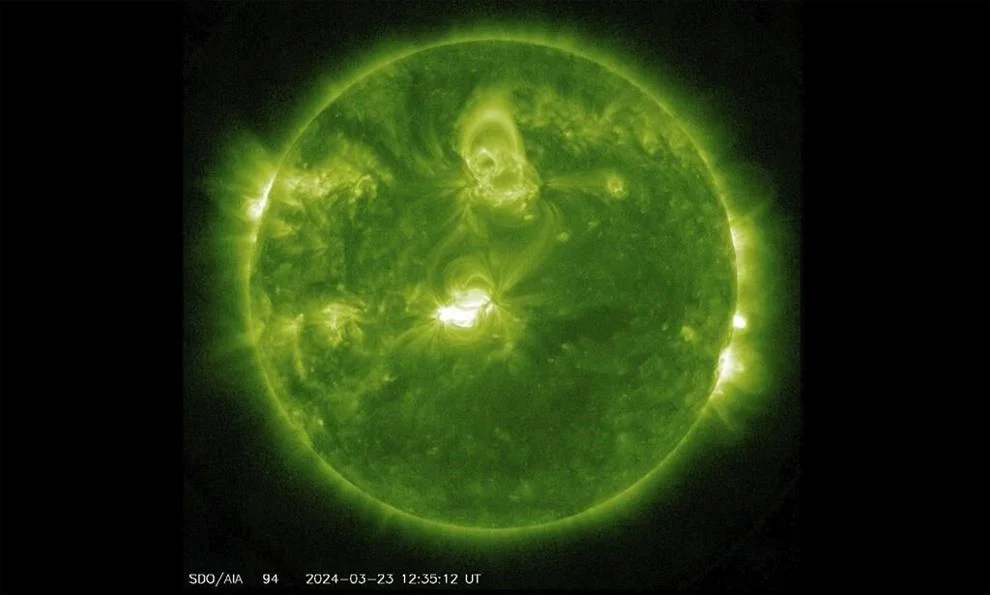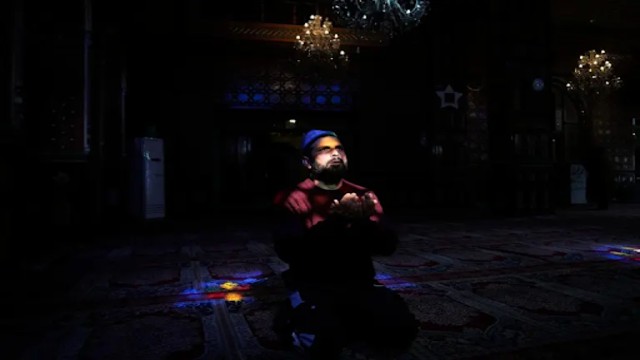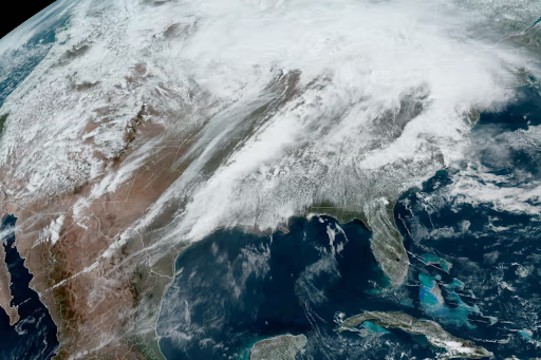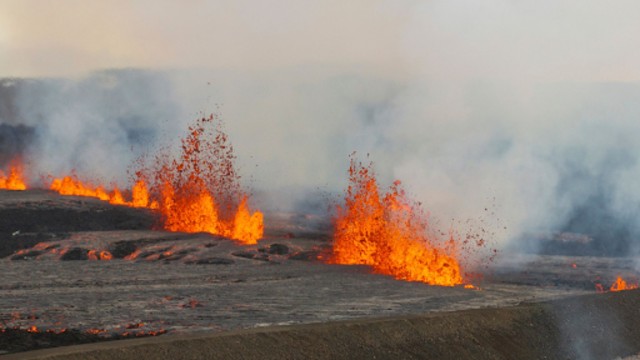
This image provided by NASA shows the Sun seen from the Solar Dynamics Observatory (SDO) satellite on Saturday, March 23, 2024.. There's no reason for the public to be concerned, according to the alert issued Saturday night by NOAA's Space Weather Prediction Center in Boulder, Colo. (NASA via AP)
Space weather forecasters from Boulder, Colorado, have issued a warning for a geomagnetic storm until Monday due to a surge of plasma from a solar flare. While it may disrupt Earth's radio transmissions, it also offers a chance to witness stunning auroras.
However, there's no need for public concern, reassured the NOAA's Space Weather Prediction Center. The storm may affect high-frequency radio communications, particularly for aircraft attempting to reach distant traffic control towers. Despite this, most commercial aircraft can rely on satellite transmission as a backup, stated Jonathan Lash, a forecaster at the center. Satellite operators might experience difficulties in tracking their spacecraft, and power grids may encounter some induced current in their lines, although manageable. Lash encouraged the public, especially those in higher latitudes with clear skies at night, to take advantage of the opportunity to witness the dazzling skies. The sun's magnetic field undergoes a reversal every 11 years, leading to fluctuations in solar activity. Currently, it is approaching its most active phase, known as the solar maximum. Geomagnetic storms, like the one expected on Sunday, are typical during this period and occur several times a year. In contrast, during the solar minimum, which happens every few years, such storms are infrequent. Notably, in December, a significant solar flare disrupted radio communications.















